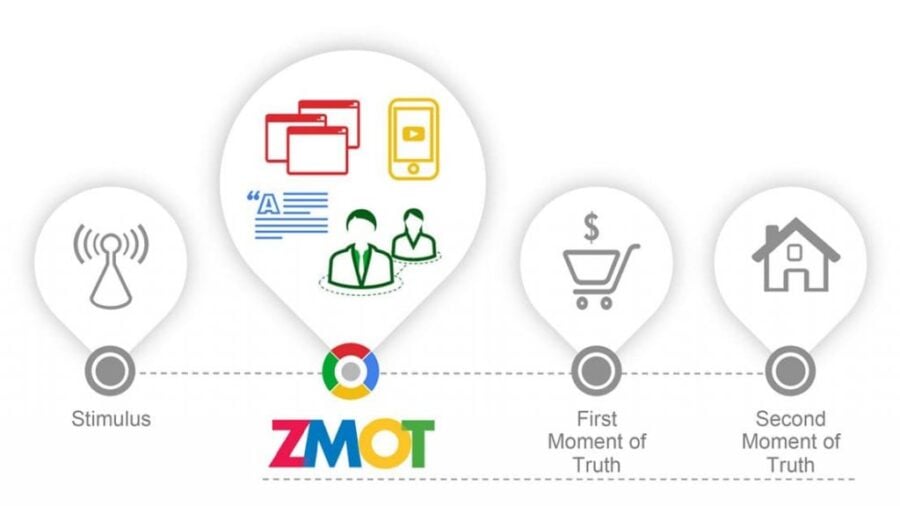Understanding website statistics
Bringing (the right) traffic to your website is critical, but you need to understand and analyse it.
Remember, those numbers are people. People find, travel through, and leave your website. Unfortunately, most website owners focus ONLY on the traffic TO the website. It’s all very good to get traffic but what’s really important is:
- To get the right traffic.
- To keep the right traffic.
- To get the right traffic to buy
Website statistics are great for monitoring how a website is doing on the net. It is important to understand what it all means and what to make of the data, though. It can, at first glance, all look a little scary, but it really isn’t. There are many factors tracked, many of which are just distracting more than anything.
So the plan of attack is to:
- Understand the factors that really matter
- Learn to analyse them
Understanding the terminology that’s important (or not)
Hits (or requests):
You won’t need this one, but it is important to point this out since many people think that a hit means a visit. They only refer to any files downloaded by the user when visiting the website. For instance, if you have, say, 8 pictures on a web page, it will add 8 to the hit counter every time someone views the page.
Visits (or session):
This is the one to concentrate on. It measures the number of actual visitors to the website. Because this information is based on the IP address, browser and operating system, it doesn’t matter how many times the visitor ‘hits’ the website; it will only be recorded as a unique visit. If a visitor is inactive for at least 30 minutes, then browse the site again, it will be recorded as a new session.
Pages/Visit:
Is the average of pages that each visitor looks at. Note that blogs tend to have a lower average than websites.
Average time on the site:
Is how long the average visitor stays on the site Note that it can be misleading. People don’t always close the tab/browser once they are done with a site.
New visits:
Means new visits—the percentage of people that are new to the site.
Bounce rate:
It reflects people that get to your website and leave it without travelling through it. The lower it is, the better it is!
Exit:
This one is often overlooked, when it is a very good indicator of where an eventual problem might reside on a website, as they often leave the website when they lose interest/get frustrated (unless they got to where they should get, of course)
So … what to make of all that data? (in a nutshell)
Of course, visits are important indeed, but what really matters is what happens once the visitor is on the site.
You mainly need to look at the average time on the site, the bounce rate and the exit page.
There is likely to be a problem if:
- The time spent on the site is especially brief.
- The bounce rate is high.
- People exit a page that you consider as important, or which is not designed to be an exit page.
The bounce rate needs to be associated with the average time on the site, though. A high bounce rate (above 50%) doesn’t always mean that there is a problem. Users might get to a page and stick with it for a while, and it might be the plan. It is the case with blogs, for instance. Blogs tend to have a higher bounce rate, since the user usually gets to the article, reads it, eventually leaves a comment, then leaves.
The exit page is an interesting one, also. People tend to leave a website when they lose interest, get frustrated or annoyed, so it is a good idea to focus on those pages and try to understand what might make them feel that way.
It could be that:
- Your keywords are bringing the wrong people to the site.
- The website is not up to scratch.
- The website takes too long to load
The website/SEO isn’t always to blame, though. Let’s face it; it could also be that:
- Your product is not up to scratch.
- Your business proposition is not very clear to start with
Fiddling with the site a tad and watch the stats for a bit afterwards is probably the best that can be done. Spending a bit of time doing so is rewarding, though.
And finally, here is a tip: if you notice a page that you consider being secondary in terms of importance, that is highly visited, move some of your sale/marketing copy on it!




